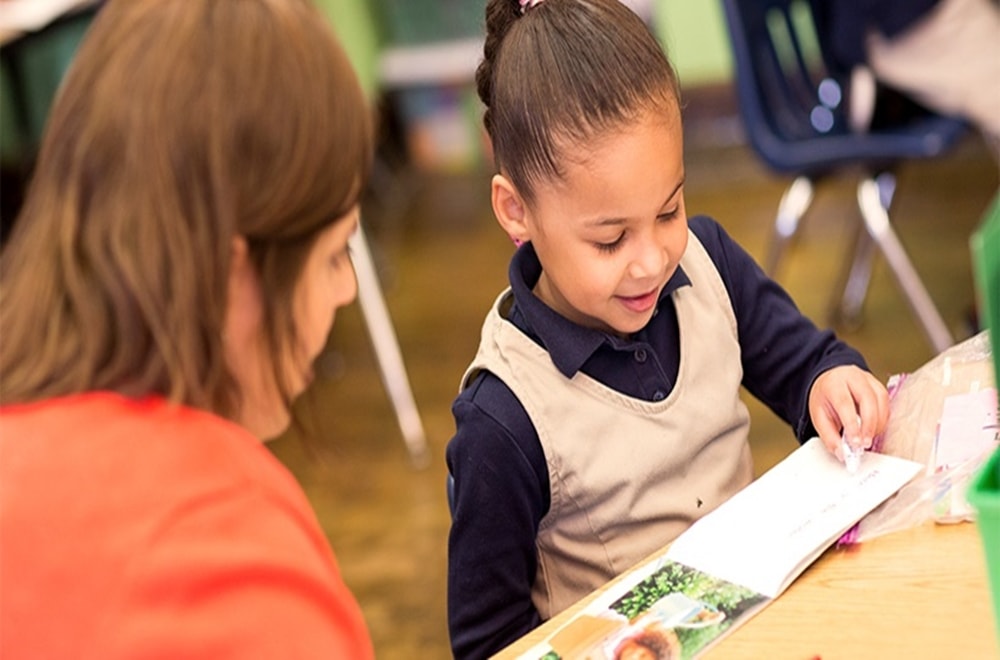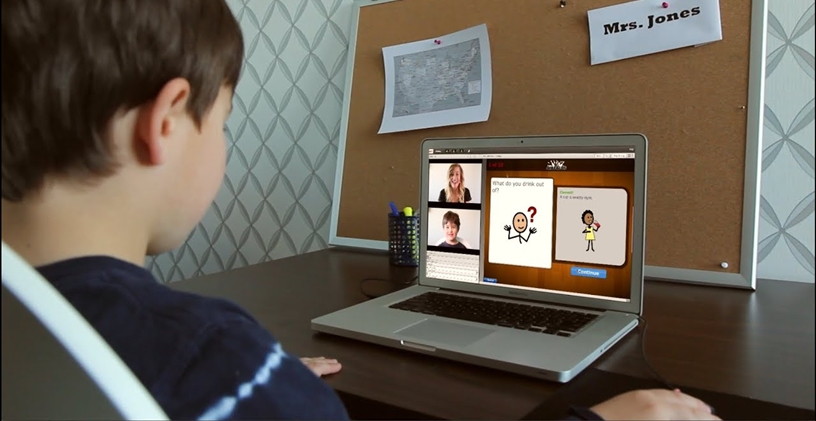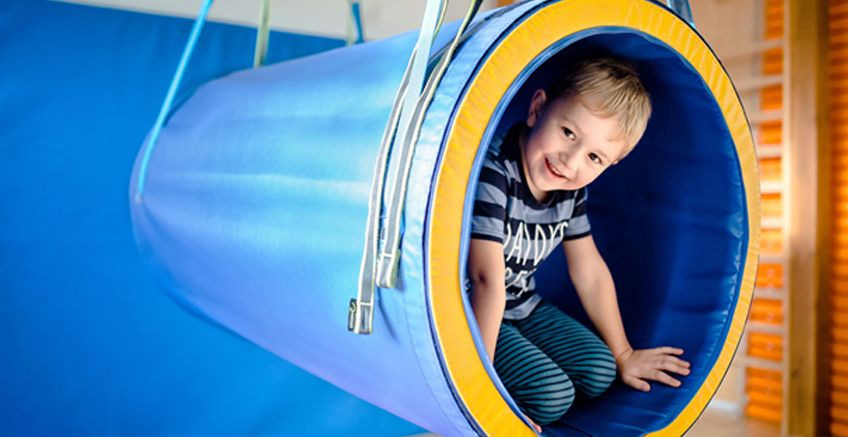Phonological Awareness: What You Need To Know

Phonological awareness is the foundation for learning to read.
It’s the ability to recognize and work with sounds in spoken language.
Some kids pick it up naturally, but others need more help with it.
People often think that reading begins with learning to sound out letters. But most young kids are getting ready to read long before they understand that letters stand for sounds. Reading actually starts with kids tuning in to the sounds of spoken words. That’s where phonological awareness comes in.
What Is Phonological Awareness?
Most of us remember doing the Hokey Pokey and clapping out the syllables to “that’s what it’s all about.” It seems like just a fun game, but the Hokey Pokey is also a tool that builds phonological awareness — a key skill that lays a foundation for success with reading.
- Phonological awareness lets kids recognize and work with the sounds of spoken language. In preschoolers, it means being able to pick out rhyming words and count the number of syllables in a name. It also involves noticing alliteration (how sounds repeat themselves). For example, “Susie sold six salami sandwiches.” (Preschools usually include this type of language play, songs, rhymes, and stories in their daily activities.)
- Phonological awareness moves from noticing to doing. After kids recognize rhyming words, they start to come up with rhymes on their own. Once they can identify the number of syllables in a word, they begin to break words apart into syllables or single sounds by listening rather than clapping.
- Phonological awareness is made up of a group of skills. The most sophisticated — and latest to develop — is called phonemic awareness. This skill lets kids tune in to phonemes (the individual sounds in a word).
- Phonemic awareness includes the ability to separate a word into the sounds that make it up and blend single sounds into words. It also involves the ability to add, subtract, or substitute new sounds in words.
References
This article was written by Kelli Johnson. You can read the original text here.







